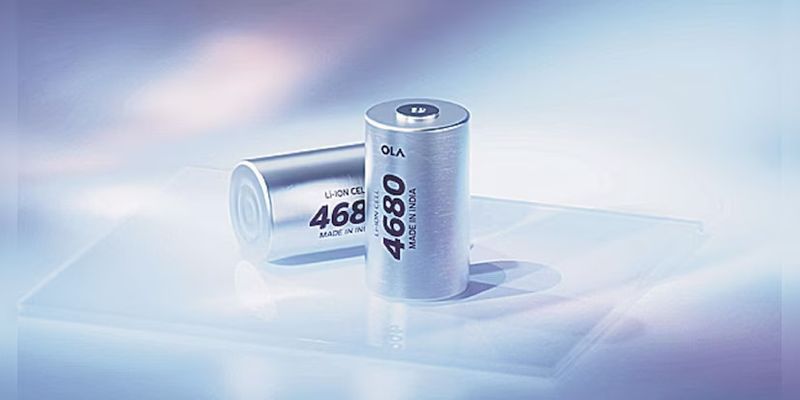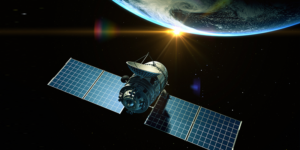In a significant leap forward for India’s electric vehicle (EV) landscape, Ola Electric has unveiled its indigenous ‘Bharat’ battery cell—a cutting-edge 4680 lithium-ion cell designed and developed entirely within India. This move aligns perfectly with India’s broader ambitions of becoming a global leader in electric mobility, particularly in the context of reducing dependence on imported battery technologies.
The Power of 4680: What Makes Bharat Cell a Game-Changer
The ‘Bharat’ cell represents a major technological upgrade over previous battery technologies. With its 4680 format, the battery boasts a staggering five times more energy density compared to the 2170 cells currently in use. This increased energy density translates to longer ranges for EVs, a critical factor for the widespread adoption of electric mobility in a country as vast as India. Moreover, the cell promises faster charging times, which addresses one of the key pain points for EV users—charging convenience.
What sets the Bharat cell apart is not just its technical specifications but also its potential to bring down the overall cost of EVs. By using less cobalt—an expensive and ethically controversial material—the cell reduces manufacturing costs. This cost-efficiency could significantly lower the price of EVs, making them more accessible to the average consumer, thus driving up adoption rates.
Indigenous Innovation: A Leap Towards Self-Reliance
Ola’s Bharat cell is a triumph of indigenous innovation. Unlike many other technologies that rely heavily on foreign expertise and components, the Bharat cell has been developed from the ground up in India. Ola Electric’s CEO, Bhavish Aggarwal, emphasised this point, noting that the company has secured over 70 patents for this technology. The Bharat cell is a testament to India’s growing capabilities in advanced cell chemistry and manufacturing.
The production of these cells will take place at Ola’s gigafactory in Krishnagiri, Tamil Nadu. This facility is expected to scale up to a capacity of 20 GWh by 2026, with aspirations to reach 100 GWh by 2030. Such an ambitious scale is crucial for meeting India’s burgeoning demand for EV batteries and positioning the country as a global EV hub.
Challenges on the Horizon
Despite the promise of the Bharat cell, challenges remain. Currently, India still relies on imports for critical materials like cathode and anode active materials, with China dominating this space. However, Ola Electric is already taking steps to localise this supply chain, with plans to collaborate with India’s robust pharmaceutical and chemical industries to produce these materials domestically over the next four to five years.
A $500 Million Investment in the Future
To support this ambitious project, Ola Electric has committed a whopping $500 million to set up a Battery Innovation Center (BIC) in Bangalore. This facility will be one of the world’s largest and most advanced centers dedicated to battery research and development. The BIC will not only focus on the Bharat cell but will also pioneer future battery technologies, including potential solid-state batteries, further cementing India’s place on the global EV map.
Ola Electric’s Bharat battery cell is more than just a technological advancement; it’s a bold statement of intent. By investing heavily in R&D and committing to indigenously developed technology, Ola is not just propelling itself forward but is also helping to drive the entire Indian EV ecosystem towards a more self-reliant and sustainable future.










